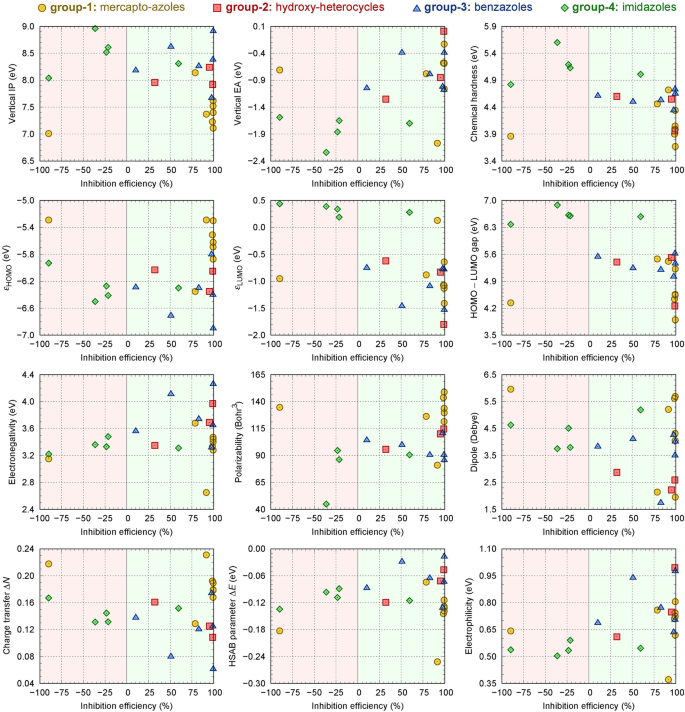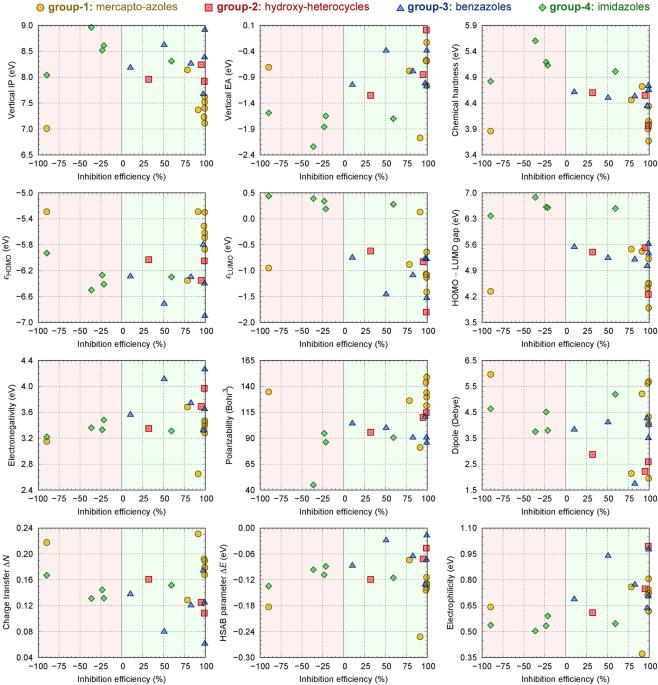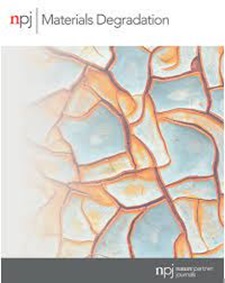应用于缓蚀的分子建模:重要综述
IF 7.6
2区 材料科学
Q1 MATERIALS SCIENCE, MULTIDISCIPLINARY
引用次数: 0
摘要
在过去几年中,有机缓蚀剂已被用作有毒无机化合物的绿色替代品,以防止材料腐蚀。尽管如此,人们对决定其缓蚀性能的基本机制仍知之甚少。分子建模可以提供对这些机理的重要见解,从而对缓蚀(CI)过程进行详细分析。然而,CI 建模往往未得到充分探索,通常是按照预先确定的配方以标准化方式使用,以支持实验数据。我们强调了建立 CI 模型时应考虑的六个基本方面 (A):(A1) 隔离抑制剂的电子特性;(A2) 抑制剂与表面的相互作用;(A3) 表面模型;(A4) 表面阳极区和阴极区的影响;(A5) 溶剂影响;(A6) 电极电位影响。虽然 A1-A3 的研究较多,但 A4-A6 以及 A3 中一些更复杂的表面模型通常未被考虑,是 CI 建模文献中的空白。在本综述中,我们将讨论应用于 CI 的分子建模的主要特点,考虑上述关键方面,并重点关注新兴方法旨在填补的空白。填补这些空白将允许对 CI 过程进行更详细的模拟,再加上人工智能(AI)方法和多尺度方法,可能会在纳米级 CI 建模和连续级 CI 过程之间架起一座桥梁。本文章由计算机程序翻译,如有差异,请以英文原文为准。


Molecular modeling applied to corrosion inhibition: a critical review
In the last few years, organic corrosion inhibitors have been used as a green alternative to toxic inorganic compounds to prevent corrosion in materials. Nonetheless, the fundamental mechanisms determining their inhibition performance are still far from understood. Molecular modeling can provide important insights into those mechanisms, allowing for a detailed analysis of the corrosion inhibition (CI) process. However, CI modeling is frequently underexplored and commonly used in a standardized way following a pre-determined recipe to support experimental data. We highlight six fundamental aspects (A) that one should consider when modeling CI: (A1) the electronic properties of isolated inhibitors, (A2) the interaction of the inhibitor with the surface, (A3) the surface model, (A4) the effect of the anodic and cathodic zones on the surface, (A5) the solvent effects, and (A6) the electrodes’ potential effects. While A1-A3 are more frequently investigated, A4-A6 and some more complex surface models from A3 are usually not considered and represent gaps in the CI modeling literature. In this review, we discuss the main features of molecular modeling applied to CI, considering the aforementioned key aspects and focusing on the gaps that the emerging approaches aim to fill. Filling these gaps will allow performing more detailed simulations of the CI process, which, coupled with artificial intelligence (AI) methods and multiscale approaches, might construct the bridge between the nanoscale CI modeling and the continuum scale of the CI processes.
求助全文
通过发布文献求助,成功后即可免费获取论文全文。
去求助
来源期刊

npj Materials Degradation
MATERIALS SCIENCE, MULTIDISCIPLINARY-
CiteScore
7.80
自引率
7.80%
发文量
86
审稿时长
6 weeks
期刊介绍:
npj Materials Degradation considers basic and applied research that explores all aspects of the degradation of metallic and non-metallic materials. The journal broadly defines ‘materials degradation’ as a reduction in the ability of a material to perform its task in-service as a result of environmental exposure.
The journal covers a broad range of topics including but not limited to:
-Degradation of metals, glasses, minerals, polymers, ceramics, cements and composites in natural and engineered environments, as a result of various stimuli
-Computational and experimental studies of degradation mechanisms and kinetics
-Characterization of degradation by traditional and emerging techniques
-New approaches and technologies for enhancing resistance to degradation
-Inspection and monitoring techniques for materials in-service, such as sensing technologies
 求助内容:
求助内容: 应助结果提醒方式:
应助结果提醒方式:


